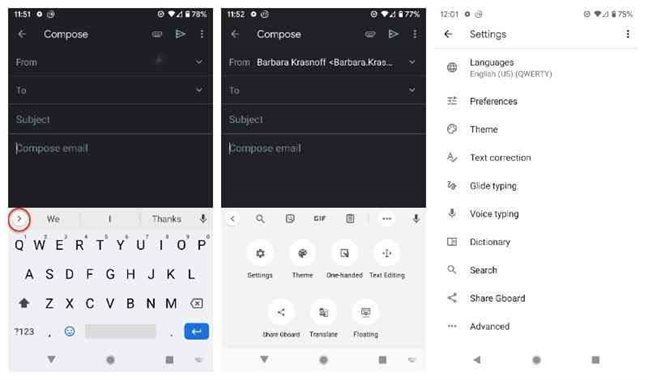

- #App language switcher android how to
- #App language switcher android code
- #App language switcher android free
The file for the language we selected is now generated, but you’ll notice that it’s absent in the list.

Press + to see a list of available languages and choose the one you want. There you’ll see the main language, which you can change if you need to. Go to the main project file and choose PROJECT. Choose the default language for your app.Here are the steps to implement localization if the changes take place in the device settings:
#App language switcher android free
Get a Free Consultation! Case 1: Device Settings
#App language switcher android how to
Now let’s look at how to implement localization in the two cases we’ve mentioned: when the language is selected in device settings and when it’s selected in the app. It’s up to you to decide how to implement localization, but be sure not to use too many storyboards and be aware of mistakes you can easily make in your code. To make things worse, XCode won’t show you the exact place where you slipped up, so you’ll need to find it yourself or search for popular phrases. If you lose a single symbol like “=” or “ ” (for instance, in “HELLO_WORLD” = “Hello world” ), during compilation your project won’t work. Moreover, you won’t be able to notice mistakes until you begin testing. When you work with files with Localizable.strings, there’s plenty of chances to make a mistake.
#App language switcher android code
However, there are also downsides of implementing localization in code only. Setting the language directly in the app involves only code, however, because you can’t change the language inside the app dynamically – you’ll need to either restart or substitute rootViewController. There’s a way out, however – you can manually add an ID for each element that contains text. So the main problem with using storyboards is that after you regenerate the storyboard localization file, you need to replace the translated text once again because the previous translation will disappear. Otherwise, the app won’t be able to translate the element with a phrase or label without a key. This means that after you change something in the text, you need to regenerate the file for each language. If an element is deleted or altered, however, the key will still be there. When the localization file for storyboards is generated, each element containing text gets its own key that contains the text.


 0 kommentar(er)
0 kommentar(er)
